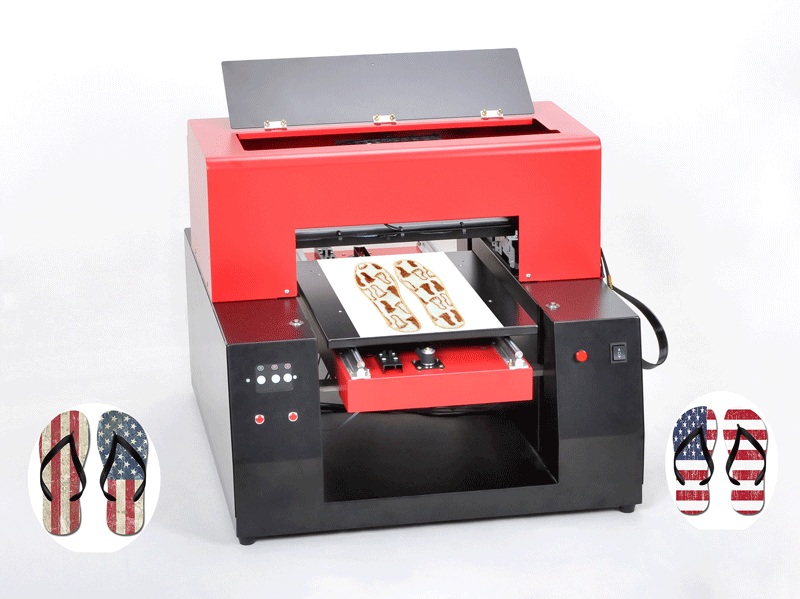In fact, the code under the bottle is plastic material code, which facilitates the classification and recycling. Most plastic bottles for small bottled drinks are usually made of polyethylene terephthalate (PET or PETE) and the material code is "01".
"Dioctyl adipate" (DEHA or DOA) is a plasticizer. For many years, there has been a misunderstanding of DEHA. Many people confuse “dioctyl adipate†with a chemical “ethylhexylamine†(also referred to as DEHA) for the release of water bottles or other plastic products. "Ethylhexylamine," the chemical. In fact, the plasticizer added to PVC plastic products should be "dioctyl adipate."
According to the International Agency for Research on Cancer (IARC), "dioctyl adipate" is in Group 3, which cannot be classified as a human carcinogen.
Information from the International Society of Life Sciences (ILSI) shows that PET compounds used to produce food utensils need to be supplemented with antioxidants, plasticizers, and stabilizers during the production process. Therefore, when foods are served in grade PET containers, there is little chance that these chemicals will migrate to food.
The Centre for Food Safety of the Food and Environmental Hygiene Department of the Government of the Hong Kong Special Administrative Region pointed out that PET itself is harmless, but during the manufacture of PET water bottles, micro antimony trioxide may be added as a catalyst to speed up the polymerization process and increase economic efficiency. Some catalysts may Polymers have been combined, and studies have suggested that this may cause the plutonium to be released into bottled water.
The toxicity of deuterium in drinking water depends on the water-solubility and oxidation or valence state of the compound. For example, the toxicity of trivalent gallium is higher than that of pentavalent gallium, and the toxicity of inorganic deuterium is higher than that of organic deuterium. However, studies have pointed out that, regardless of the valence state, even in the dissolved state, the absorption rate of helium is quite low.
Although data from the IARC show that inhalation tests from animals through the respiratory route have found that the species 2B of the genus Triterpene is a potentially carcinogenic, but there is no evidence that the antimony trioxide enters the body from the feeding route. Cause cancer or have a negative impact on the body.
In addition, ILSI's research report pointed out that there are animal oral test studies confirmed that the addition of antimony trioxide in the PET compound does not pose a risk to human health. There is no estrogenic activity for the production of PET plastic raw materials, and PET and its components have nothing to do with any known endocrine disruptors and no genotoxicity. Consumers can use it with confidence.
In addition, PET plastic bottles do not contain dioxins themselves, and dioxins cannot be released at refrigerated temperatures. Therefore, there is no argument that refrigerated bottled water will produce dioxins.
The New Zealand Food Safety Authority believes that heavy water bottles are safe as long as they are properly cleaned and used. However, pay attention to whether the water bottle is in good condition and clean it before each use.
Heavy water bottles may also have problems with bacterial growth. Proper cleaning and handling of reused water bottles can reduce the risk of health problems caused by bacterial growth. The boiled water should be boiled first, and then poured into the bottle after cooling. Before each clean water injection, clean hands and avoid cross-contamination. At the same time, water bottles should be thoroughly cleaned to prevent the growth of bacteria.
To re-use water bottles, choose a water bottle with a smooth inner wall and bottom, and fewer bumps, and replace it periodically to keep it hygienic and avoid repeated use of the same glue bottle. If it is found that the water bottle is discolored, bursts, smells, or is suspected of its sanitation, it should not be used.
EVA Foam Printer are widely used to print a lot of materials including acrylic, metal, wood, glass, plastic, phone covers, MDF, melamine board, foam boards, PVC boards, ceramic tiles, etc. Mirror effect, 3d effect, embossing effect and flat effect can be easily achieved.
With Fast & easy is a big advantage for digital uv printing. And another
advantage makes digital uv printing popular in many fields is the
printing durability.
UV Printer is a new technology, you can print custom designs which can increase
added value of your crystal with competitive ability. And the colorful
designs on the crystals are high fastness, excellent adhesion and
waterproof. Thanks to Digital LED UV Flatbed Printers, promotional gifts
such as awards, trophies, plaques, medal have personality with good
reducibility and high quality.

|
Name |
Eva foam printer |
|
Print head |
DX5 |
|
Printer size |
33*43cm(33*60cm) |
|
Printing speed |
A4 photo/111s |
|
Printng resolution |
5760*1440dpi |
|
Nozzles |
90*6=540 |
|
Interface |
USB2.0 |
|
Net weight/Gross weight |
55Kg/60Kg |
|
Printer size |
750*630*510mm |
|
Height adjustment |
Automatic |
|
Working power |
110V/220V 50/60Hz 30-75W |
|
Operation system |
Windows 7/XP/2000/Vista etc |
|
Temperature |
5-35o |
EVA Foam Printer
EVA Foam Printer,A3 EVA Foam Printer,EVA Foam Printing Machine,EVA Foam UV Printer,Digital EVA Foam Printer
Shenzhen Refinecolor Technology Co., LTD. , https://www.rfcprinter.com